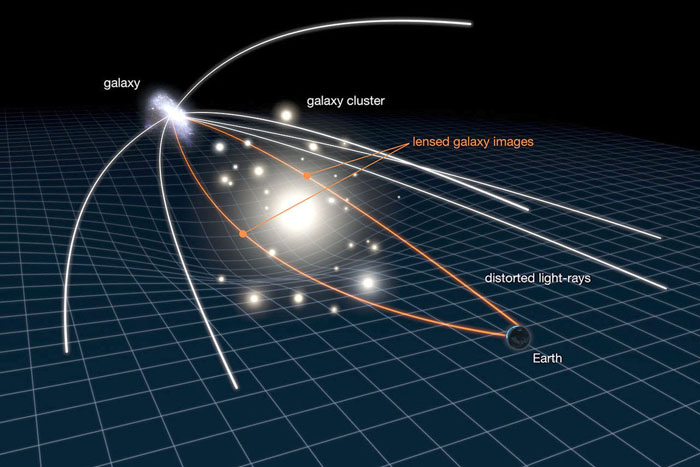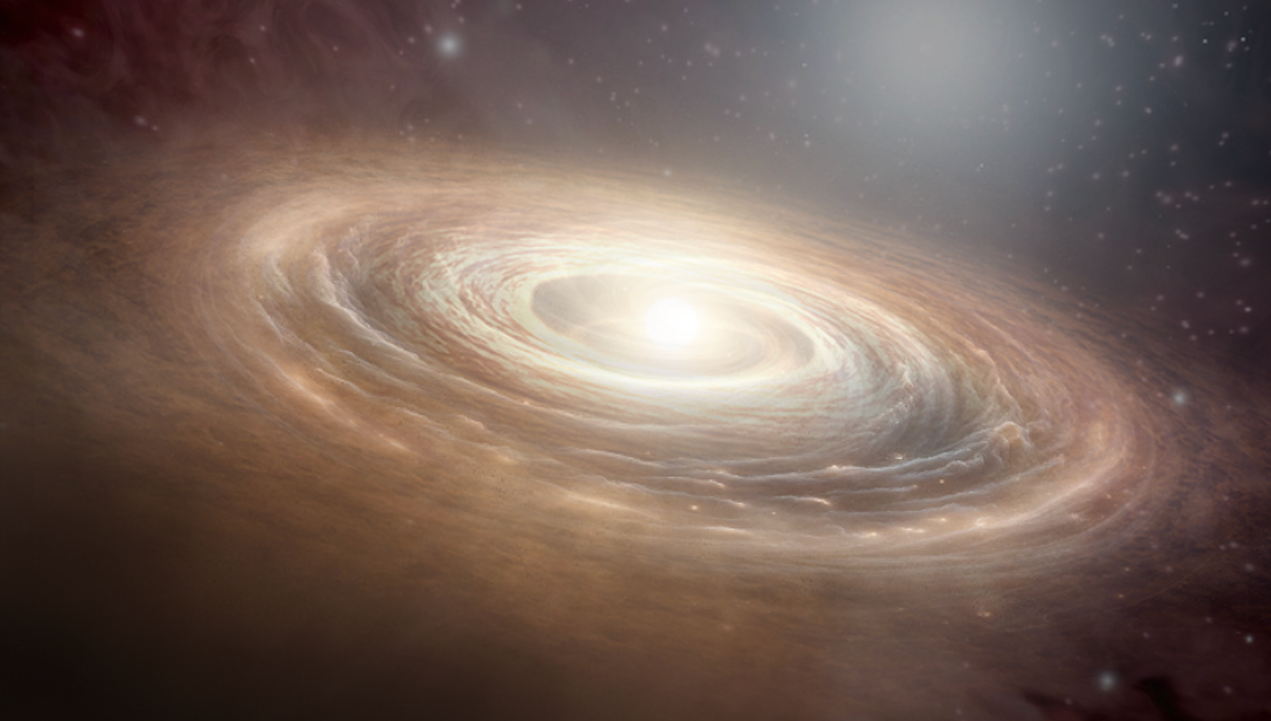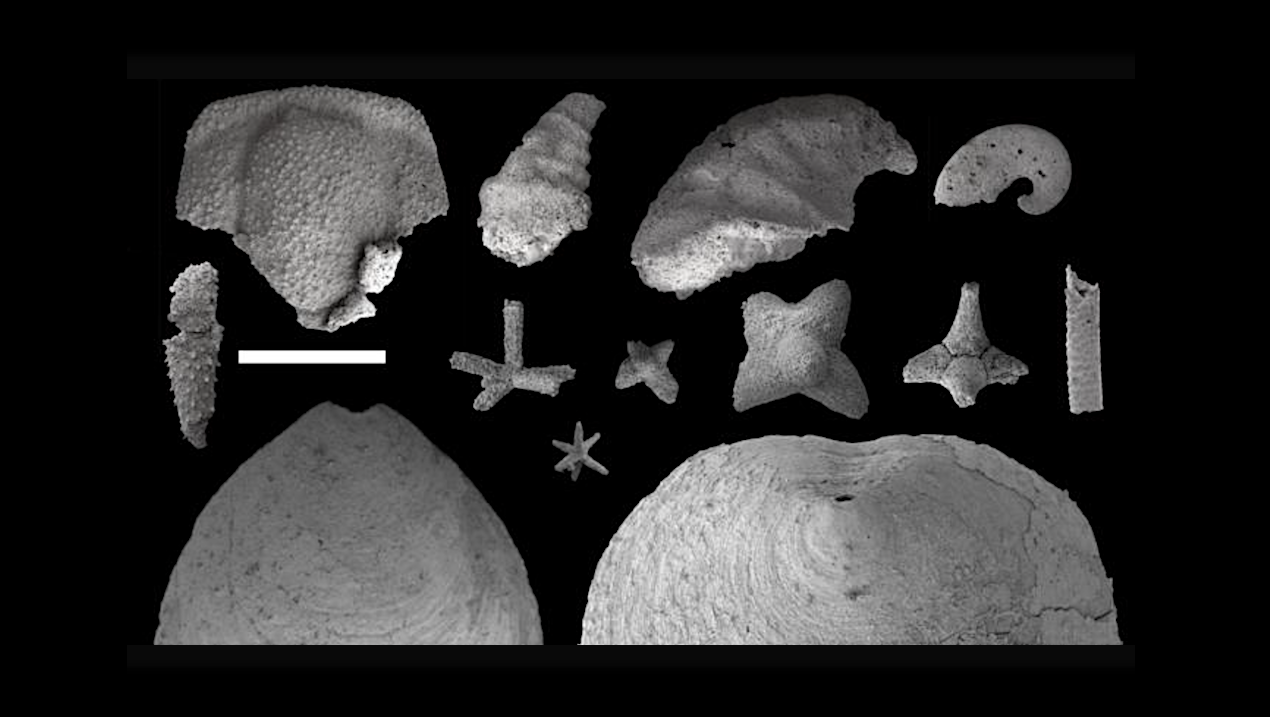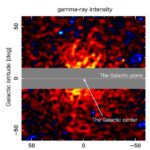An Earth-facing sunspot has turned into a prolific flare factory, firing off multiple powerful M-class solar flares in less than 24 hours, along with several minor C-class eruptions. The most
Archive for June, 202559- Page
HELSINKI — China has sent several small spacecraft into specialized lunar and cislunar orbits to test communications, navigation and orbital dynamics for planned Earth-moon infrastructure. China’s DRO-A and B spacecraft,
Dark matter clumps could act as stellar lampshades, drifting between Earth and distant stars, dimming them by an almost imperceptible amount, a new study suggests. If this idea is correct,
TAMPA, Fla. — Astroscale, the space junk removal venture, announced a British government contract June 16 worth about $7 million to deploy a pair of cubesats in 2027 to monitor
The Tempus Pro device, which is flying on participating missions as part of research testing telemedicine capabilities. Credit: Sistema d’Emergencies Mediques (SEM)/ESA Editor’s note: If you search for a definition
Averaged Raman spectra (a) acquired from A. thaliana grown on treated and untreated lunar regolith at 47 days old. Changes in the intensities of vibrational bands that can be assigned
Artist’s concept of protoplanetary disk, like the thirty studied for the ALMA AGE-PRO survey. The lifetime of the gas within the disk determines the timescale for planetary growth. Credit: NSF/AUI/NSF
Various small shelly fossils recovered from the beds surrounding the Cambrian reefs. Scale bar is 1 mm. Credit Photo courtesy Sarah Jacquet More than 514 million years ago, long before
Large dust grains observed surrounding outflows of young protostellar binary system L1551 IRS5. Credit: B. Saxton U.S. National Science Foundation/NSF National Radio Astronomy Observatory The Atacama Large Millimeter/submillimeter Array (ALMA)
On a warm June evening, viewers in Arizona watched the sky burst with color from the clouds of gas and dust that help create our home galaxy, the Milky Way.
-
 012024 in Review: Highlights from NASA in Silicon Valley
012024 in Review: Highlights from NASA in Silicon Valley -
 02Panasonic Leica Summilux DG 15mm f/1.7 ASPH review
02Panasonic Leica Summilux DG 15mm f/1.7 ASPH review -
 03How New NASA, India Earth Satellite NISAR Will See Earth
03How New NASA, India Earth Satellite NISAR Will See Earth -
 04And Thus Begins A New Year For Life On Earth
04And Thus Begins A New Year For Life On Earth -
 05Astronomy Activation Ambassadors: A New Era
05Astronomy Activation Ambassadors: A New Era -
06SpaceX launch surge helps set new global launch record in 2024
-
 07Space Force plans new ‘Futures Command’ amid pressure to speed up modernization
07Space Force plans new ‘Futures Command’ amid pressure to speed up modernization














